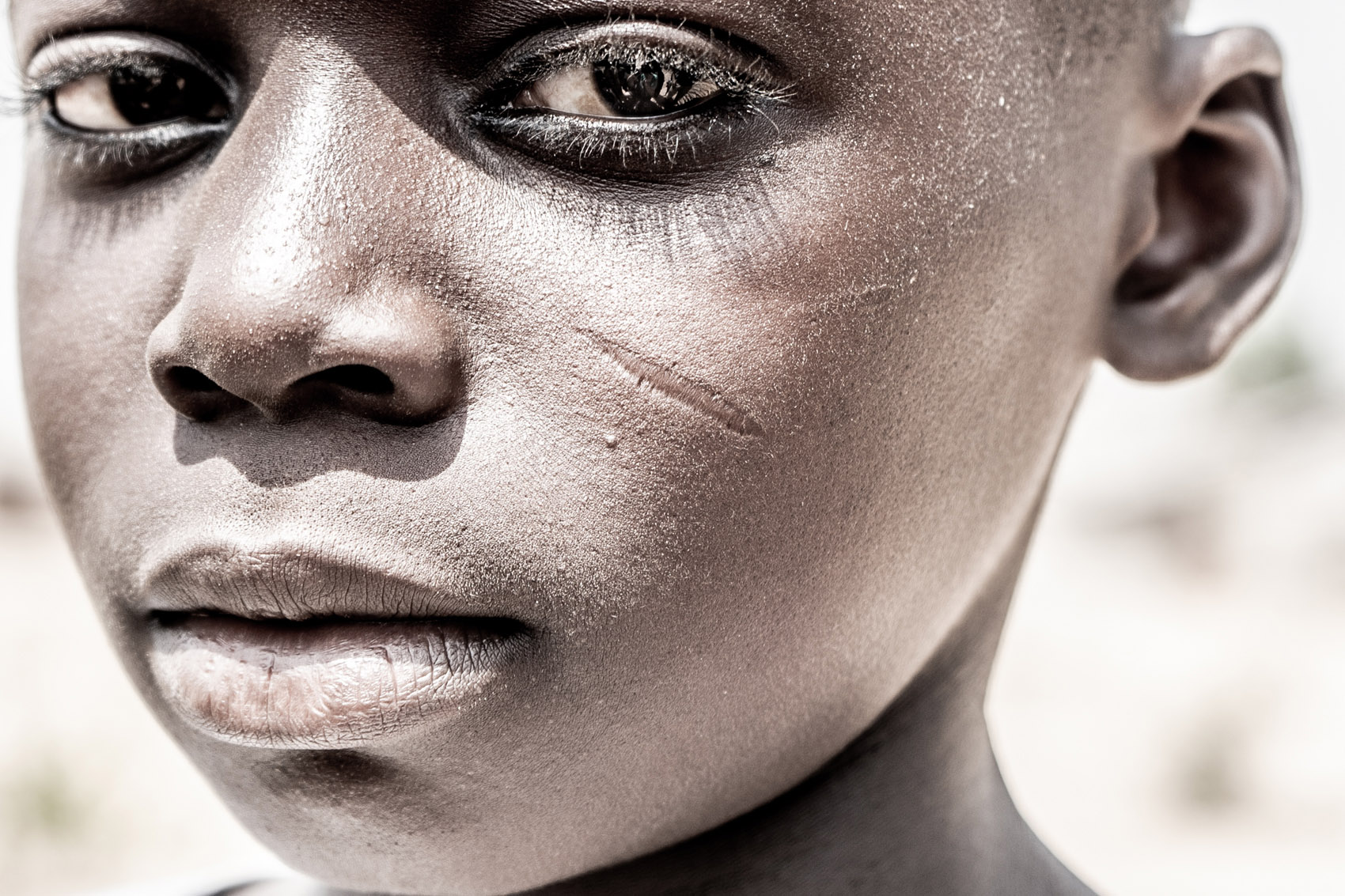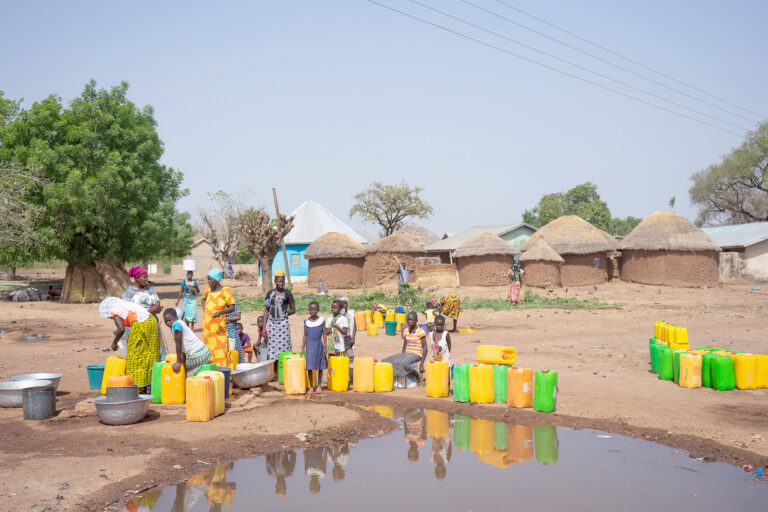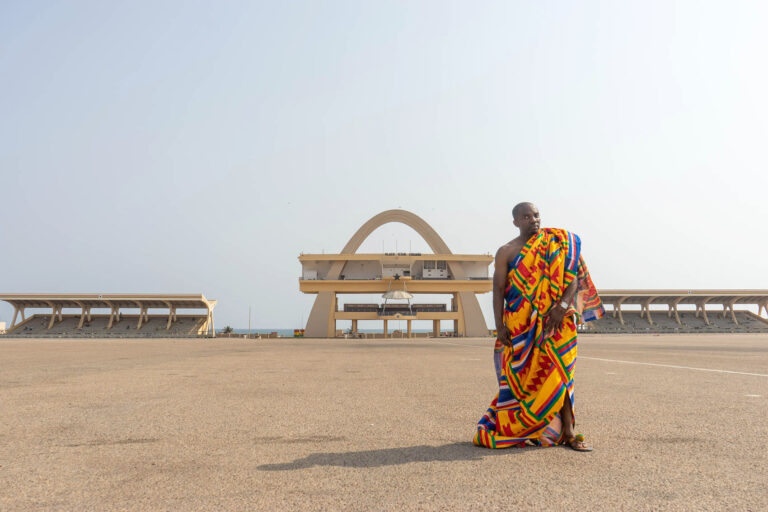The Dagomba: A Cultural Primer
Having spent a week among them in Tamale, we feel fully qualified to write the internet’s definitive article introducing the Dagomba people. If you’re looking for hastily-formed opinions and hardly-researched facts, you’re in the right place! But here’s the thing — if you read this, you’ll almost guaranteed know more about the Dagomba than 100% of your friends. Probably, even if they’re African!

The Kingdom of Dagbon emerged in the 15th century, in the same area inhabited by the Dagboni today: around northern Ghana and Togo, with a concentration in Tamale and Yendi. Not much is known about the origins of this people, and all the ancient knowledge which does exist has to be taken with a huge grain of sand. Very rhythmic sand.
The Dagomba relate their history through a tradition of drumming and chanting. The origin stories are told and passed down in the form of song, and this was the case for centuries after the establishment of the kingdom. It’s fascinating, but must be frustrating for historians — because at some point, the chanting does match up with the more trustworthy written histories from those who encountered them. But can we trust the chants, when there is no corroborating written source?
Anyway, regardless of whether you believe it, the Dagomba credit a man named Tohazhie, the Red Hunter, as their founder. The Red Hunter left Lake Chad and migrated west with a band of mighty warriors, through Nigeria and into Mali, where he married the daughter of the king. Generation after generation, battle after battle with rival tribes, the family clan migrated further and further south, until the great-great-grandson of Tohazhie eventually settled in present-day Ghana.

An independent kingdom for much of their history, the Dagomba were eventually crushed by a contingent of Germans during the colonial era. Their territory was divvied up between German Togoland, and the British Gold Coast. The Dagomba never recovered their independence, but have accepted a place in present-day Ghana, and seem satisfied as the majority force in the north.
Drumming was used to relate Dagomban history, and it’s still very much an integral component of the culture today. Twice, we experienced it — during the celebrations for the new Dakpema, and a drum-and-dance practice we encountered while walking around town. Theirs are “talking drums”, which are considered not just to produce music, but “words” with semantic meaning. Families have their own rhythms, and can recognize one another from afar by the sounds they hear.
Another interesting cultural aspect of the Dagomba (and other tribes of Northern Ghana) is the facial scarring. Children are marked at birth with distinctive patterns cut into their cheeks… this identifies them as part of a certain family or faction. It’s also done as a way to ward off disease or bad spirits. Naturally, the practice has abated somewhat in our modern times, but it’s far from infrequent. I’d say half the people we met in Tamale and other northern towns, had some sort of intentional cut on their face, given to them as babies.
I wish we were scholars who had time (and funding) to really “get to know” the Dagomba. The amount of research online is paltry, and this is an ethnic group which numbers around a million — it’s not a small amount! The week which we spent among them was far too short. If anyone who knows them better would like to supplement our “Primer” by leaving a comment, please do!




Interesting…I am Dagomba, reading this post from Butler library in Columbia University, N.Y. Time is 1:59 am. I looked up Tamale while taking a break from my Thursday all-nighter to get this assignment completed. Tamale is where my heart will always be. I wonder if you heard the “Gon’ji” music instruments…they’re magical. Gosh! I miss home.